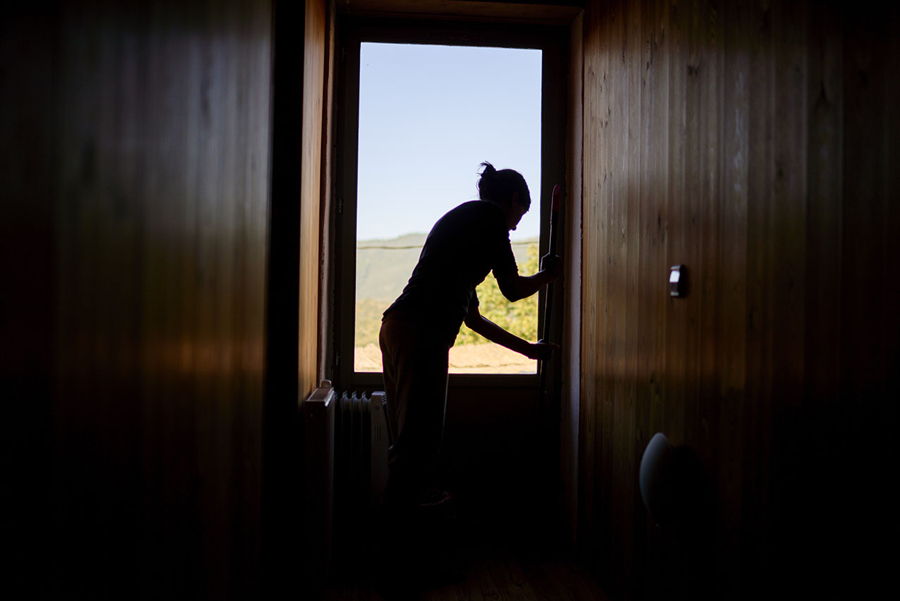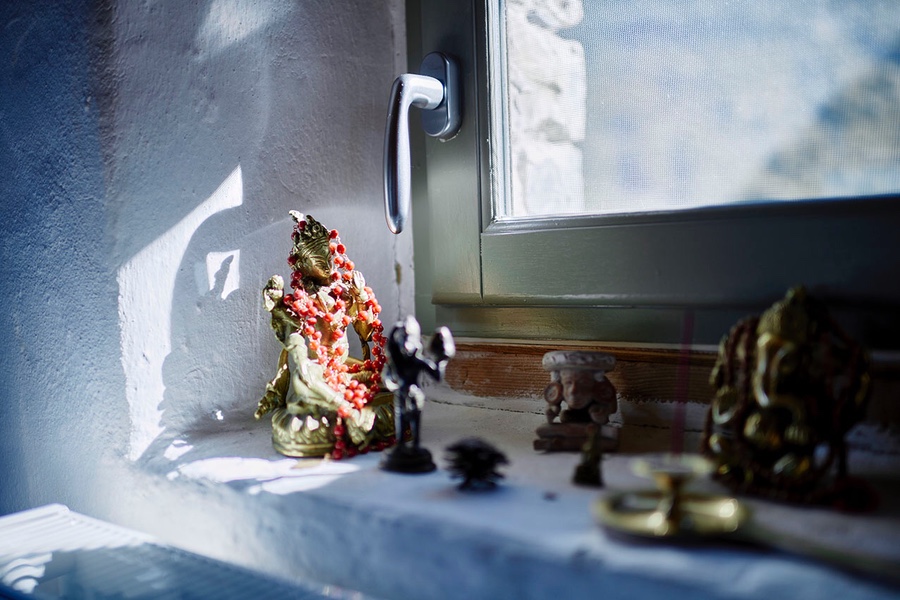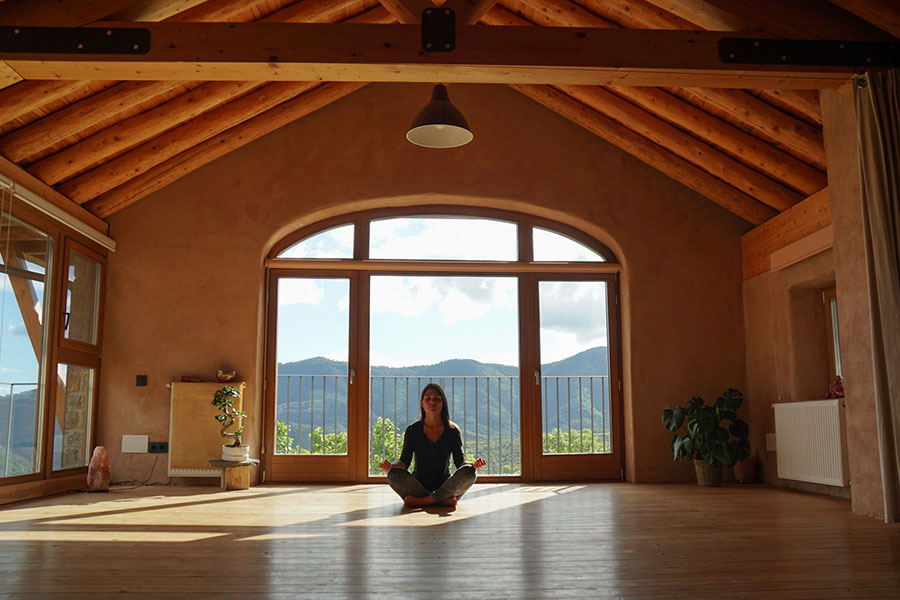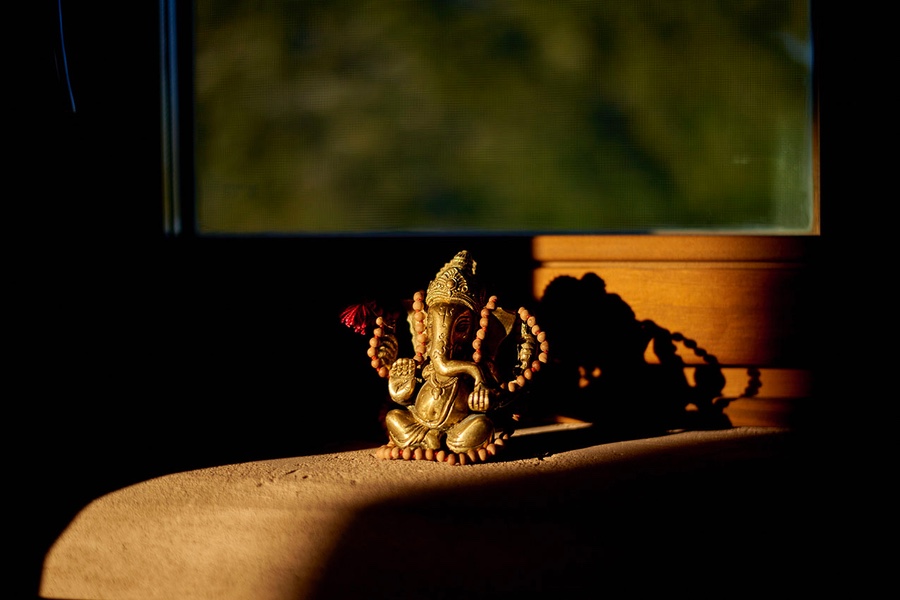
05 Oct Deep cleaning
Deep cleaning
At this time of the year, the beginning of autumn, it is an ideal time for a deep cleaning in all senses.
What does this mean?
It is a time when nature let go what it no longer needs: the leaves of the trees fall, the fruits of the earth are ready to be picked, etc…
Reconnecting with these rhythms we can start a deep cleaning in different aspects:
- Cleaning our home
- Cleaning our daily routine,
- Cleaning our body and our mind.
Your home
Do a deep clean of your house to make space.
There is a practice in Japan called osoji, in which everything you have at home (furniture, objects, books, clothes, etc…) is taken out of the house, cleaned to the last corner of it and then brought home in an orderly manner, only what it is needed and what makes you happy.
Living with less is easier.
We love to recommend the book “The life Changing Magic of Tidying Up” by Marie Kondo, which is based on this popular Japanese practice. Do not worry that this it won’t be done in a day or in a week. It takes time, but we promise you it’s totally worth getting started.
Once you have more space in your house and everything has a place to be then you can also live with more calm and order.
Your space for practice
Once you have more space in your house, make space for a physical space in it for your practice of meditation, conscious breathing, conscious exercise (be it Yoga, Tai Qi, Qi Gong, etc…).
A SMALL ALTAR
We recommend you create a small altar that reminds you of your connection with something higher, with nature, with the universe, or with whatever inspires you the most.
Take the time to create that refuge for yourself. Here is a link where we talk more about it.
You will see that this refuge/ space of practice will have a higher and stronger energy each time. It will be a space that nourishes and calms you.

Time in your routine
By having fewer things, knowing where they are in order at home; and already with a special space for your practice, it may now be easier to have time for your “formal” practice at home. Why do I speak of formal practice? Because everything we do, say and think during the day can be part of our mindfulness practice. This means that our actions, words, thoughts and even the silence we cultivate among them are part of the informal practice. For this reason, the moment we sit down (or lie down) to meditate, to breathe mindfully or our exercise mindfully can be called formal practice.
So we invite you to review your daily routine and see how you can do to have more time/ space in it.
You can ask yourself: what takes away my time that is not nourishing me?
Perhaps are those routines in which we fall unconsciously when we want to rest, disconnect from the routine, when we are bored or we do not want to face at that moment. Some of the most common examples are consuming social networks, series, movies, video games, smoking, drinking alcohol or using drugs, etc… Before doing them, you can ask yourself if you really need them and why and for what purpose. Perhaps this will help you spend less time on them or decide to let go some habits that you know are not healthy and do you wrong.
Maybe we can make a small list of “what activities nourish me in my daily routine?”, “what activities do not nourish me in my daily routine?” This simple exercise will give us a better perspective of what I need to remove to have more space / time in my routine and how to gradually transform my life.

Cleansing my body and my mind
There are many practices that can help us cleanse our body and mind. For all of these, the most important thing is to listen to our body and notice which ones make us feel better, with more energy, health and calm.
We name some ideas that help us, but each body and each person and situation are different:
- A detox: eating simpler and healthier food for a period of time
- Fasting: stop eating for a period of time to cleanse your body and let your digestive system rest so more energy goes to rebalance your well-being. You can even do a semi-fast or intermittent fasting for a few weeks (eating in an 8-hour window and fasting on water or herbal teas for a 16-hour window).
- Pranayama (breathing) techniques that help cleanse the respiratory and digestive systems.
- Yoga asanas and mindful movement*
- Meditation (sitting or lying down)*
- Relaxation and rest time (nap, or just lie down to do nothing and look inside yourself)*
- A gratitude journal: there is a great value on writing down once a day on a notebook, why we feel grateful today in life. This simple actions helps us to cut or interrupt more negative thought patterns and to look at things or situations with greater perspective. Connecting with gratitude is a powerful tool for positive thinking.
- Kriyas (yogic cleansing) practices: shat kriyas which are 6 Hatha Yoga cleansing processes. This is a very broad topic for another post and if you want to learn from them you can come to some of our yoga courses.
* On the Casa Cuadrau blog you will be able to see many yoga classes, meditations, relaxations and more ideas that can help you nurture this practice and deep cleansing.
We hope that all this will help you to start this Deep Cleansing period in the best way.


